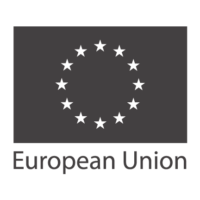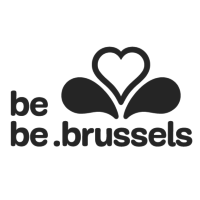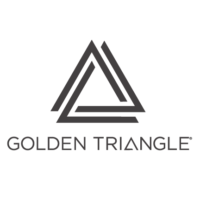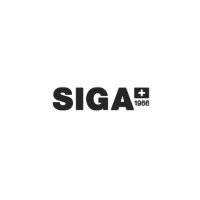#IceBoxChallengeDC
The Ice Box Challenge DC is presented by the European Union, be.brussels, Golden Triangle BID, and NK Architects with support from Rockwool, SIGA, Cascadia Windows and Doors and in partnership with Crux Homes, Passive House Western Pennsylvania, and North American Passive House Network.
How much ice was left? 838 ibs in the Passive House Box and 463 ibs in the Building Code Box!
The Passive House Box wins yet again! Thanks to everyone who took the #IceBoxChallengeDC
July 7 – July 20, 2018
Farragut Square
Washington, D.C.
About the Ice Box Challenge
The #IceBoxChallengeDC is a contest and an experiment to demonstrate how a home can be super energy efficient AND comfortable. One Ice Box is built to the standard building code and the other is built to a higher performance building standard—the Passive House standard. Each Ice Box is filled with 1,800 pounds of ice and left outside in the sun for two weeks. When they are opened, the amount of ice left in each box will be measured. How much ice is left shows how well each Ice Box keeps out the summer heat. Better building design can help us reduce our carbon pollution without changing our behavior. Energy-efficient homes are comfortable, quiet, and healthy.
Farragut Square
17th Street NW between K and I Streets
Washington, D.C.
The challenge in DC is over and the results are in!
How much ice was left?
838 ibs in the Passive House Box and 463 ibs in the Building Code Box!
The Passive House Box wins yet again! Thanks to everyone who took the #IceBoxChallengeDC
Why High Performance Buildings?
Quite simply, it’s how we build & feel better.
High-performance buildings are reliable, affordable, comfortable buildings that use energy efficiently, so you’re heating or cooling only your home and not the outdoors. They stay comfortable and quiet throughout the year, including through summer heatwaves, winter storms and power outages. These buildings use up to 90% less energy for heating and cooling than other buildings do, while maintaining good indoor ventilation and air quality. They are easy to maintain. They are also affordable to build, own, live in, and work in.
Passive House Standard
A simple, quality-assured approach to designing and constructing better buildings is the Passive House standard. In Brussels, Belgium—headquarters of the European Union—the Passive House standard was adopted as the building code in 2015, making it the first region in the world to require such a stringent standard. Given its success, the Brussels program can be used as a model to develop programs in other cities that support and award best practices in building construction, including Washington, D.C.’s Green Building Roadmap designed to help the city keep its commitment to reduce greenhouse gas emissions 50% below 2006 levels by 2032.
Energy Efficiency in the European Union
As part of our commitment to the Paris Climate Agreement, the European Union will reduce greenhouse gas emissions by at least 40% (from 1990 levels) by the year 2030. Adopting the highly energy-efficient Passive House (Passivhaus) standard and improving the energy performance of our homes and buildings are practical steps toward reaching that goal.
In the EU, we’re already seeing the benefits of new energy efficiency measures:
- Less Energy Consumption: New buildings use half the energy of older buildings.
- Lower Energy Costs: Reduced household energy bills in renovated buildings help combat energy poverty.
- Better Quality of Life: Improved air quality and noise reduction makes buildings healthier and more comfortable.
- Economic Growth: New jobs in construction, manufacturing, research, and other industries investing in energy efficiency.
Improving energy efficiency in your community is easier than you might think.
We invite you to come to Farragut Square from July 7-20 to see first-hand how simple solutions—better seals, smarter windows, and more efficient insulation—can go a long way to ensure a sustainable future for the planet and its citizens.
Learn more about the EU’s commitment to climate action and protecting our shared environment at EUintheUS.org/GoGreen.
The Ice Box Challenge DC is presented by
the European Union, be.brussels, Golden Triangle BID, and NK Architects
with support from Rockwool, SIGA, Cascadia Windows and Doors
and in partnership with CruxHomes, Passive House Western Pennsylvania, and the North American Passive House Network Conference + Expo 2018.
Ice Box design by Stark Architecture. Exterior paint artwork by Oli-B.
Prizes by: Embassy of Belgium to the United States
Error: No feed found.
Please go to the Instagram Feed settings page to create a feed.








